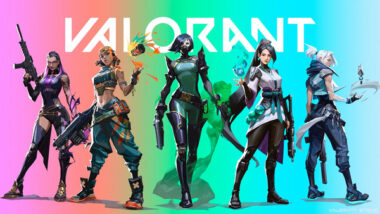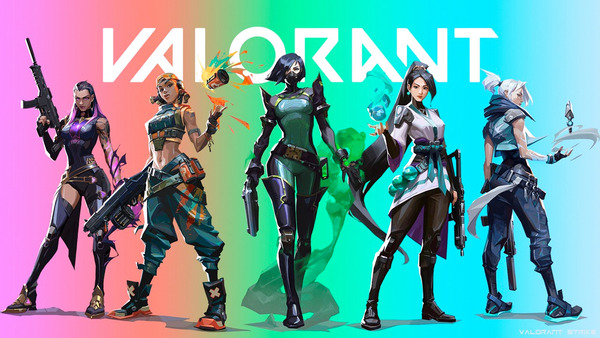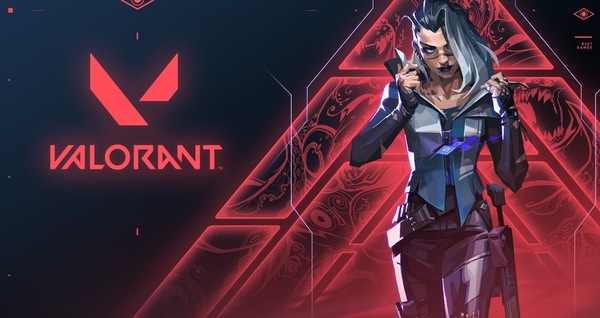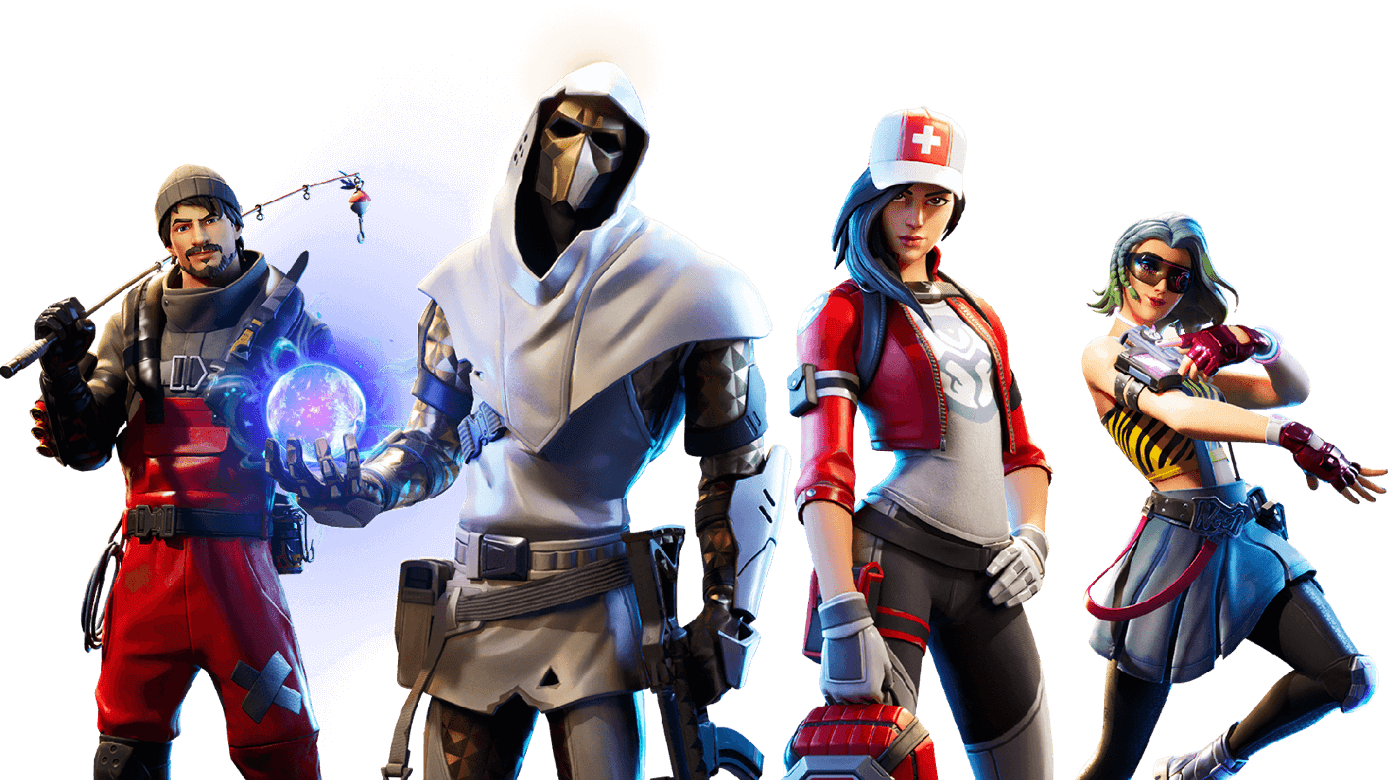Valorant, developed by Riot Games, has rapidly gained a dedicated player base since its release in 2020. Combining tactical shooting with unique character abilities, the game has fostered a highly competitive environment. However, one of the most pressing issues that continues to evolve is agent balancing. This article will explore the complexities of agent balancing in Valorant, examining its implications on gameplay, community dynamics, and the competitive scene.
Understanding Agent Balancing
What is Agent Balancing?
Agent balancing refers to the ongoing process of adjusting the abilities, strengths, and weaknesses of each character (agent) to ensure that no single agent dominates the game. This process is crucial in maintaining a competitive and fair environment, allowing players to engage in tactical gameplay without feeling overpowered by certain agents.
Importance of Balance in Competitive Games
In competitive games like Valorant, balance is vital for player satisfaction and longevity. Players want to feel that their skill and strategy are what lead to victory, not the inherent advantages or disadvantages presented by the agents they or their opponents select.
- Competitive Integrity: Ensures that all players have equal opportunities to win.
- Variety of Play: Encourages diverse agent picks, fostering unique strategies and team compositions.
- Player Retention: A balanced game keeps players engaged and reduces frustration, enhancing overall enjoyment.
Historical Context of Agent Balancing in Valorant
The Launch Phase
Upon its launch, Valorant featured a limited roster of agents, each with unique abilities. Players quickly identified certain agents as either overpowered or underwhelming. For instance, Phoenix and Jett gained significant popularity due to their mobility and healing abilities, leading to concerns about their impact on the game’s meta.
Early Adjustments
Riot Games actively monitored player feedback and statistics post-launch, making adjustments to agents like Sage and Cypher. These early changes set a precedent for ongoing balancing efforts, highlighting the developers’ commitment to player experience.
- Patch 1.0: Adjustments included reducing Sage’s healing capabilities and tweaking Cypher’s camera, which showcased Riot’s willingness to respond quickly.
- Community Feedback: The developers relied on player feedback to gauge the effectiveness of these changes, emphasizing the importance of community involvement in balance decisions.
Current Balancing Challenges
Meta Dynamics
The concept of a “meta” refers to the most effective tactics available within the game. As agents are balanced, the meta shifts, which can create temporary imbalances as certain agents become more or less favorable.
Impact on Gameplay
- Agent Popularity: Some agents, like Reyna and Raze, can dominate casual matches, while others, like Sova, may be favored in higher ranks due to utility and information-gathering abilities.
- Team Composition: The meta influences team compositions, leading to “must-pick” agents that can diminish diversity and creativity in gameplay.
Feedback Loop and Community Reaction
Riot’s balancing changes often result in a feedback loop where the community’s reaction influences further adjustments. While this responsiveness is beneficial, it can also lead to inconsistencies in gameplay experiences.
- Player Frustration: Frequent changes can frustrate players who invest time mastering certain agents only to find them nerfed or buffed unpredictably.
- Echo Chambers: Vocal segments of the community can disproportionately influence balancing decisions, leading to potential neglect of less popular agents.
Analyzing Specific Agents
The Case of Jett
Jett has often been a focal point in discussions about balance due to her mobility and kill potential.
Strengths and Weaknesses
- Mobility: Jett’s dash ability allows her to reposition quickly, making her a difficult target.
- Kill Potential: Her ultimate, Blade Storm, can easily swing the tide of a match when used effectively.
Balancing Adjustments
Over the seasons, Jett has undergone several adjustments. While she remains a popular pick, the developers have worked to mitigate her impact:
- Nerfs to Blade Storm: Changes to how the ultimate works aimed to reduce its effectiveness in high-stakes situations.
- Ultimate Economy: Balancing her ultimate cost and availability has helped keep her in check without outright diminishing her appeal.
The Role of Reyna
Reyna is another agent that presents unique balancing challenges due to her self-sustain mechanics and ability to snowball kills.
Gameplay Impact
- Self-Healing: Reyna’s ability to heal upon securing kills can lead to frustrating encounters for opponents, particularly in lower ranks.
- Solo Play: Her kit encourages solo play, which can conflict with team dynamics in a game that emphasizes teamwork.
Balancing Efforts
- Adjustments to Healing: Riot has modified the healing mechanics to ensure that while Reyna remains a viable pick, she does not overshadow other agents.
- Riot’s Philosophy: The developers have stated that they prefer agents like Reyna to excel in lower ranks while maintaining counterplay opportunities for higher ranks.
Community Involvement in Balancing
The Role of Feedback Channels
Riot Games has established several avenues for players to voice their opinions on agent balancing.
Forums and Social Media
- Player Surveys: Periodic surveys gauge community sentiment about specific agents and gameplay mechanics.
- Reddit and Discord: Platforms like Reddit and Discord serve as hubs for discussion, where players share their experiences and frustrations.
Community-Driven Initiatives
The community has also taken initiative to analyze agent performance and suggest potential balance changes.
- Data Analysis: Websites and content creators analyze win rates and pick rates, providing insights that help inform Riot’s decisions.
- Engagement with Developers: Riot has been known to participate in discussions, enhancing transparency and fostering trust with the player base.
The Future of Agent Balancing
Anticipating Changes
As the game continues to evolve, so too will the challenges of agent balancing. Riot Games is expected to keep refining their approach, taking into account player feedback and gameplay data.
Emphasis on New Agents
- Cautious Introductions: New agents are carefully introduced with the hope of maintaining balance without disrupting existing gameplay.
- Adaptation Period: Each new agent brings a temporary shift in the meta, requiring ongoing monitoring and adjustments.
Long-Term Solutions
Riot has hinted at exploring long-term solutions to balancing, such as:
- Agent Reworks: Rather than simply nerfing or buffing agents, comprehensive reworks may be employed to fundamentally change how agents fit into the game.
- Dynamic Balancing Systems: Future systems could incorporate real-time balancing adjustments based on performance metrics, allowing for more fluid gameplay experiences.
Conclusion
The issue of agent balancing in Valorant is intricate, requiring a delicate balance between competitive integrity, community feedback, and gameplay diversity. As players navigate the evolving landscape of the game, the continuous adjustments made by Riot Games demonstrate their commitment to creating a fair and enjoyable experience for all. While challenges will persist, ongoing dialogue between the developers and the community will be crucial in shaping the future of Valorant and its agents.





